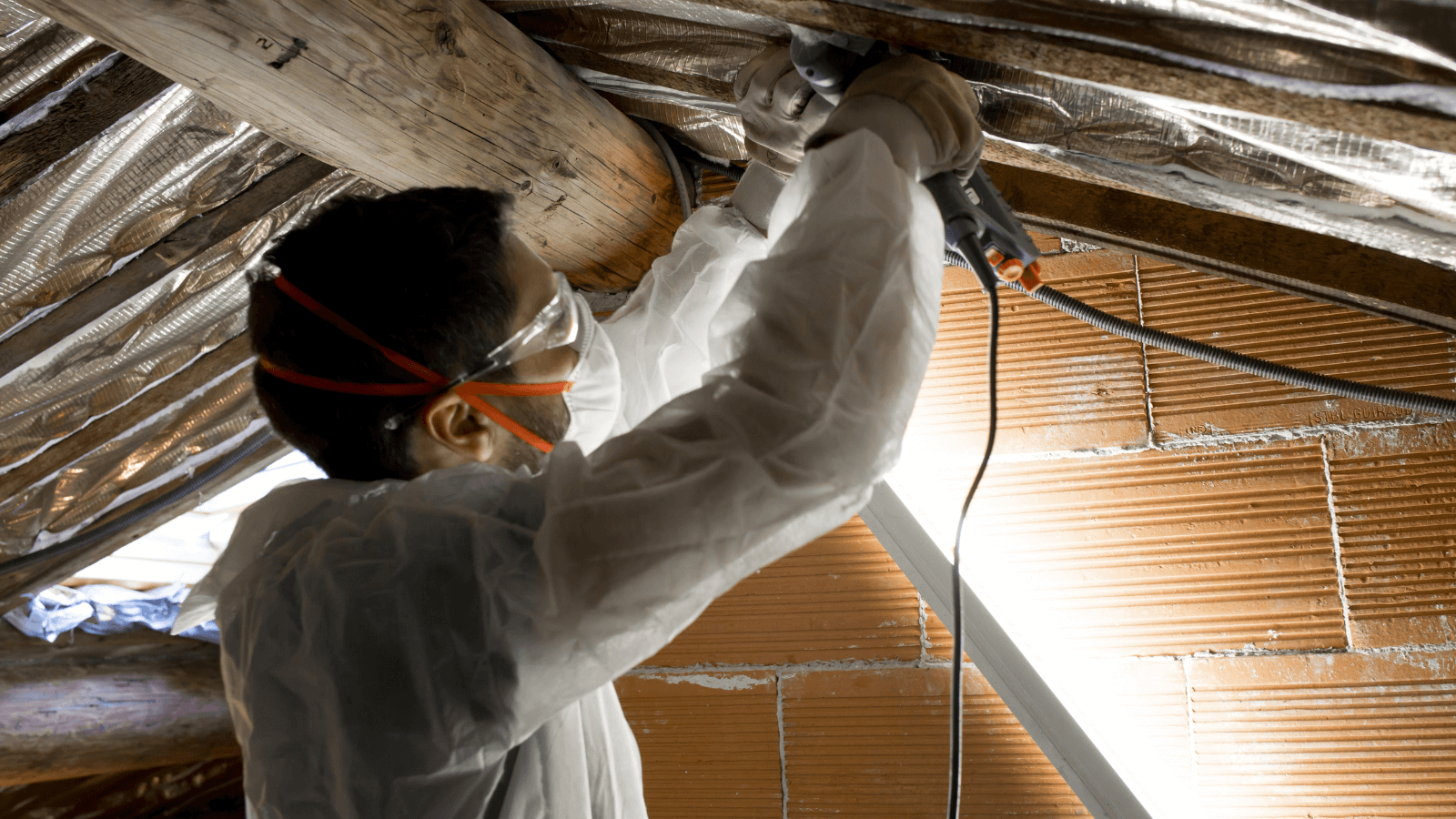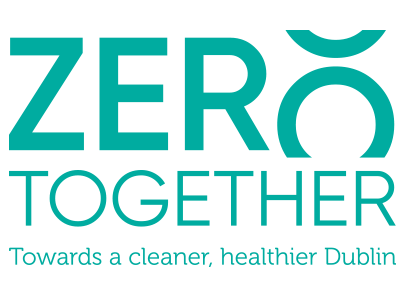Building Upgrades
Subscribe to newsletter
What are building energy upgrades?
Building energy upgrades are changes carried out to a building’s structure and energy systems. The aim is to reduce the building’s:
- energy use, and
- carbon emissions.
This is also commonly referred to as a ‘building retrofit’.
Insulation and other heat loss improvements
A building retrofit will typically include improving the building’s energy efficiency by installing insulation and other things to reduce building heat loss. Examples include:
- roof insulation,
- wall insulation,
- floor insulation,
- draught proofing,
- window upgrades,
- door upgrades, and
- smart heating controls.
Reduce use of fossil fuels
A building retrofit will typically include installing low-carbon and renewable energy systems. These will reduce the building’s consumption of fossil fuels. Examples of renewable energy systems include:
Heat pumps
Heat pumps are often installed in a building retrofit. They are a renewable alternative to gas or oil for heating buildings.
Solar panels
Many building retrofits also include installing solar panels. Solar panels are usually installed on the roof of a building. They can convert energy from the sun to provide:
- solar water heating (thermal energy), and
- solar electricity (solar photovoltaic energy – solar PV)
Benefits of building energy upgrades
Improving energy efficiency in buildings benefits our society by reducing energy use and emissions. This can help Ireland to reach our climate targets. Certain energy upgrades like replacing gas boilers with heat pumps can also lead to better health outcomes because of reduced air pollution.
However, there are also many benefits for people who live, work or spend time in these buildings. These include:
- improved comfort,
- potential savings on bills, and
- an environmentally friendly building.
In addition, benefits for building owners include a potential increase in property value.
What is the current situation?
Buildings across the country are often referred to as the ‘built environment’. This includes:
- our homes,
- businesses, and
- all publicly owned buildings.
The 2023 Climate Action Plan states that buildings accounted for just over 12 per cent (12 out of every 100) of Ireland’s greenhouse gas emission in 2021.
This is not as significant as some of the other sectors, however, it is still extremely important to address. This is because the benefits extend beyond just reducing our emissions. The Climate Action Plan 2023 has set out a range of ambitious targets.
Plan says new buildings must be almost zero emissions
All new dwellings must be designed and constructed to:
- Nearly Zero Energy Building (NZEB) standard by 2025, and
- Zero Emission Building (ZEB) standard by 2030.
High retrofitting target
The Climate Action Plan says that the equivalent of:
- 120,000 dwellings must be retrofitted to BER B2 or cost optimal equivalent by 2025, and
- 500,000 dwellings to be retrofitted by 2030.
Cost optimal equivalent is the energy performance level which leads to the lowest cost during the estimated economic life cycle. This means a building should have an energy rating B2, or less than B2 if a cost-benefit analysis says that it is uneconomical to get to B2.
More District Heating schemes must be installed
The plan says:
- up to 0.7 Terawatt-Hour (TWh) of District Heating capacity for residental heating must be installed by 2025, and
- up to 2.5 TWh for residential heating must be installed by 2030.
One TWh is a large amount of electricity.
‘TWh’ – energy is measured per hour in:
- Kilowatts (kW),
- Megawatts (MW),
- Gigawatts (GW), and
- Terawatts (TW).
Daily energy consumption in your household is generally in kWh.
One TWh is equal to 1,000,000,000 kWh.
More heat pumps to be installed
The Climate Action Plan sets targets for heat pump installation in both new and existing dwellings.
New dwellings
The Climate Action Plan says that in new dwellings:
- 170,000 should be using heat pumps by 2025, and.
- 280,000 should be using heat pumps by 2030
Existing dwellings
The Climate Action Plan says that in existing dwellings:
- 45,000 should be using heat pumps by 2025, and
- 400,000 should be using heat pumps by 2030.
Renewable gas
The Climate Action Plan says:
- up to 0.4 TWh of heating should be provided by renewable gas by 2025, and
- up to 0.7 TWh of heating should be provided by renewable gas by 2030
What does this mean for Dublin?
Over half of the energy used in Dublin is used by buildings and services. Nearly three-quarters (70 per cent) of the energy they use comes from fossil fuels.
One reason why our buildings consume so much energy is because buildings across Dublin are old and inefficient. According to the Dublin Region Energy Master Plan published in 2021, just over three-quarters (78 per cent) of the buildings in Dublin were built before the year 2000. This is older than the national average.
Additionally, the average Building Energy Rating (BER) for Dublin is D2. This is five energy ratings below the B2 target. It means that many people in Dublin are living in energy inefficient homes. This affects energy bills and comfort and leads to unnecessary high levels of energy poverty.
‘Energy poverty’ – when a household spends at least €1 out of every €10 they have (10 per cent) of their disposable income on energy.
Building upgrades address energy poverty
Building upgrades have strong potential to overcome the existing inequalities in the current energy system. Those most vulnerable in the existing energy system are people living:
- in energy inefficient homes,
- on lower incomes,
- in private rental, or
- in local authority housing stock.
Living in inefficient dwellings increases energy demand, particularly for space heating. This means the household needs to spend a higher proportion of their income to pay for the energy needs of the home. This is a key driver of energy poverty.
Lower levels of income make it more likely a household will suffer energy poverty and that they will then experience the significant effects of energy poverty. It means households cannot afford to cover the cost of energy and basic necessities.
It will help to remedy households’ experience of energy poverty if:
- there are supported building upgrades for households with limited resources, and
- the targets for 2030 and 2050 are met for future builds.
Key barriers to building energy upgrades and retrofits
Accessibility
It can be difficult for decision makers to access the information they need on:
- how to retrofit their building
- the benefits of retrofitting their buildings.
Affordability
Retrofit costs can be quite expensive especially when they must meet specific building regulation standards.
Appetite
There is a need to make businesses and homeowners aware of the benefits of energy efficiency upgrades.
Lack of incentive
At the cross-section of these key barriers is the ‘split-incentive’ problem. This means people living in, or who have a business in, rented accommodations are less likely to take on any upgrades to their property.
On the other hand, business property and building owners have very little incentive to invest in costly measures to improve energy efficiency they do not directly benefit from.
Owner-occupiers more likely to retrofit
This means owner-occupied buildings are more likely to be retrofitted. This is because the owner will experience at first hand the benefits in the reduction of energy costs. However, the problem is that a large portion of Dublin’s building stock are rented buildings.
Tax incentive for landlords might help
To accelerate efforts, minimum energy performance standards for rented buildings might be a way to increase appetite to retrofit these buildings. Recently, the Government announced a new tax incentive to encourage small-scale landlords to undertake retrofitting works. This was introduced through the Energy Poverty Act 2022.
BER rating requirement is barrier to heat pumps
Another barrier to some building energy upgrades is that for a building to get grants towards a heat pump, they must have a B2 BER (or better). However, Codema’s research shows that most Dublin houses do not meet this standard.


